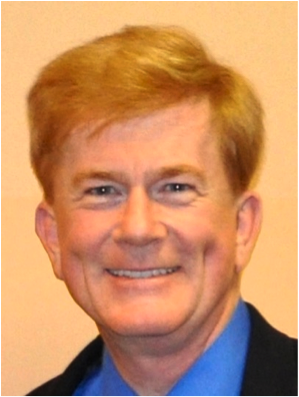Image

Speaker Summary
<p> </p>
<div> </div>
<div> </div>
<div><strong>Dr. John L. Gustafson</strong></div>
<div>Professor at School of Computing, National University of Singapore, <br />
Visiting Scientist, A*STAR Advanced Computing Resource Centre</div>
<div> </div>
<div> </div>
<div> </div>
<div><strong>Dr. John L. Gustafson</strong></div>
<div>Professor at School of Computing, National University of Singapore, <br />
Visiting Scientist, A*STAR Advanced Computing Resource Centre</div>
<div> </div>
field_special_info
<p><br />
<strong>PROGRAMME</strong></p>
<hr />
<table border="0" cellpadding="0" cellspacing="2">
<tbody>
<tr>
<td>
<p>10.45am</p>
</td>
<td>
<p> Registration</p>
</td>
</tr>
<tr>
<td>
<p>11.00am</p>
</td>
<td>
<p> Talk</p>
</td>
</tr>
<tr>
<td>
<p> </p>
</td>
<td>
<p> Q&A</p>
</td>
</tr>
<tr>
<td>
<p>12.15pm</p>
</td>
<td>
<p> Lunch Reception</p>
</td>
</tr>
</tbody>
</table>
<p> </p>
<div>
<p><span><span><em>Open to SMU Alumni, Staff, Faculty, Students & Associates Only!</em><br />
<em>Note: Please register with your SMU/Corporate email account </em></span></span></p>
<div> </div>
</div>
<div>
<div><span><span><strong>IMPORTANT NOTICE:</strong><br />
<em>Admission is by registration only. Rights of admission reserved!</em></span></span></div>
</div>
<strong>PROGRAMME</strong></p>
<hr />
<table border="0" cellpadding="0" cellspacing="2">
<tbody>
<tr>
<td>
<p>10.45am</p>
</td>
<td>
<p> Registration</p>
</td>
</tr>
<tr>
<td>
<p>11.00am</p>
</td>
<td>
<p> Talk</p>
</td>
</tr>
<tr>
<td>
<p> </p>
</td>
<td>
<p> Q&A</p>
</td>
</tr>
<tr>
<td>
<p>12.15pm</p>
</td>
<td>
<p> Lunch Reception</p>
</td>
</tr>
</tbody>
</table>
<p> </p>
<div>
<p><span><span><em>Open to SMU Alumni, Staff, Faculty, Students & Associates Only!</em><br />
<em>Note: Please register with your SMU/Corporate email account </em></span></span></p>
<div> </div>
</div>
<div>
<div><span><span><strong>IMPORTANT NOTICE:</strong><br />
<em>Admission is by registration only. Rights of admission reserved!</em></span></span></div>
</div>
field_speaker_info
<div><span>John L. Gustafson is an American computer scientist, chiefly known for his work in High Performance Computing (HPC) such as the invention of Gustafson's Law, introducing the first commercial computer cluster, leading the reconstruction of the A
Date/Time Start
Signup
https://www.regonline.com/Innovationtalk_15Sept16
venue Link
http://www.smu.edu.sg/campus/map/
venue
<div>Function Room 6-1, Level 6
<div>SMU Admin Building</div>
<div>81 Victoria Street</div>
<div>Singapore 188065</div>
<div> </div>
</div>
<div>SMU Admin Building</div>
<div>81 Victoria Street</div>
<div>Singapore 188065</div>
<div> </div>
</div>
Location
Promotion - Other Events
Type
Event